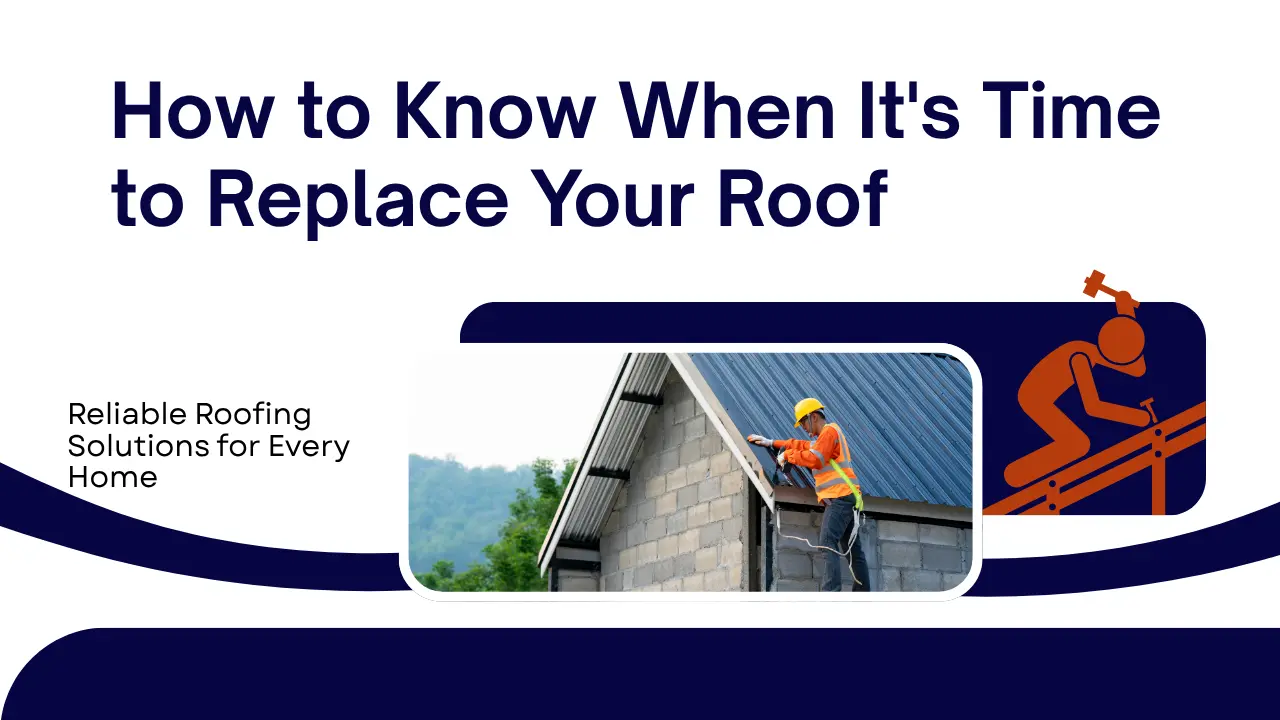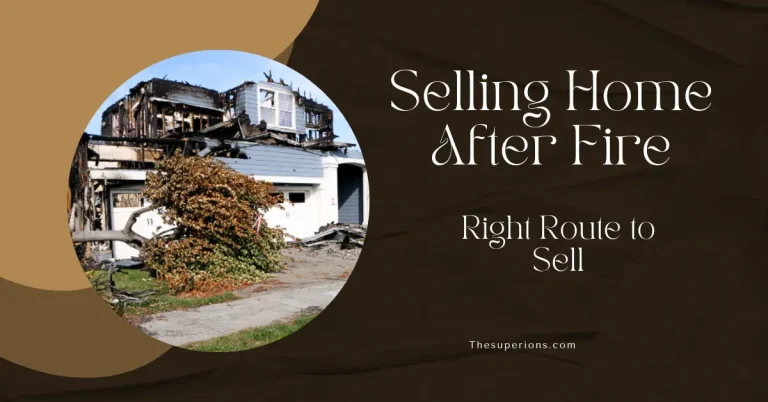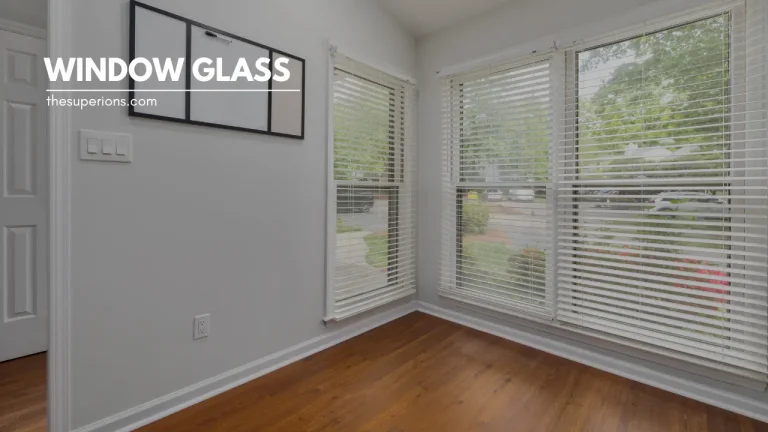How to Know When It’s Time to Replace Your Roof

Key Takeaways:
- Understanding the warning signs of roof deterioration protects your home and saves you money.
- Proactive roof inspections and early intervention can help avoid severe water damage or structural issues.
- Consulting a local professional for roof replacement ensures your home gets quality repairs from trusted experts.
Your roof serves as your home’s primary line of defense, shielding it from harsh weather, moisture, and fluctuating temperatures. Over the years, even durable roofing materials face constant exposure to UV rays, wind, rain, snow, and other natural elements. With time, this exposure inevitably leads to deterioration that—if ignored—can compromise the entire structure of your house. Timely evaluation and professional roof replacement Cincinnati services are critical for homeowners who wish to maintain their homes’ value, efficiency, and safety.
Identifying the early indications that your roof may need replacement is essential for preventing costly damage and emergencies, especially during adverse weather conditions. Acting proactively rather than reactively allows you to plan ahead, minimize disruption, and maintain a comfortable living environment. The following comprehensive guide breaks down the telltale signs that your roof needs attention, equipping you with the knowledge to act before small issues become big headaches.
Related Article: DIY Roof Repair: Is It Worth the Risk?
Age of Your Roof
The age of the material used significantly influences roof performance. Asphalt Shingles, the most common roofing material, typically last 20-30 years. As they near their lifespan, they lose their water resistance and structural integrity, increasing the likelihood of leaks. Metal roofs, known for their resilience, can last 40-70 years. However, failing fasteners, rust spots, or seam issues can indicate underlying issues. Clay or Concrete Tiles, while durable, can last 50 years or more. If you don’t know the age of your roof, schedule a professional inspection. Regular checkups prevent sudden deterioration and allow for budgeting and replacement planning. Proactive maintenance is more cost-effective than urgent emergency repairs.
Visible Damage to Shingles
Shingles are the first barrier against the elements in a home. Visible changes in shingles can indicate a failing roof. Curling or buckling shingles make them vulnerable to wind uplift and water infiltration, increasing leak risks. Cracked shingles from weather events create vulnerable gaps, causing water damage and mold growth. Missing shingles expose the underlayment, allowing rain and snow to enter the inner roof structure, accelerating decay and mold. Addressing visible defects immediately protects your investment and avoids major water damage or mold remediation costs.
Granules in the Gutters
Shingles, the first barrier against elements, can show signs of failing roofs. Curling or buckling shingles increase leak risks, cracks cause water damage, and missing shingles expose the underlayment, accelerating decay and mold growth. Addressing visible defects immediately protects your investment and avoids costly remediation.
Sagging Roof Deck
Roof deck sagging is serious and often indicates water damage, weakened support beams, or heavy snow. Unremoved debris and snow can exacerbate the risk. Left unaddressed, it can lead to catastrophic failure, causing partial or complete roof collapse. If you notice unevenness, depressions, or changes, contact a roofing professional immediately to ensure your safety and structural integrity.
Water Damage or Leaks
Water intrusion is one of the most damaging consequences of roof deterioration. Once water finds a way in, it can spread unseen throughout your attic, insulation, ceilings, and walls. Watch for these indoor warning signs:
- Ceiling and Wall Stains: Brown or yellow patches on interior surfaces signal that water is making its way inside, often pooling before finally appearing as a stain.
- Mold or Mildew Growth: Persistent moisture creates the perfect environment for mold, which spreads rapidly and can affect your indoor air quality, contributing to health issues for your family.
- Peeling Paint or Wallpaper: Moisture behind paint or wallpaper causes bubbling, peeling, or blistering, and can quickly cause further hidden damage to drywall and framing.
Do not ignore any sign of water damage, even if it seems minor. Early intervention saves you on costly interior repairs and may also offer the opportunity to address small roof problems before a complete replacement is necessary. At the first sign, connect with an experienced roofer who can assess the full extent and recommend the best course of action.
Increased Energy Bills
Roof damage can affect insulation and internal temperature, leading to higher energy bills. This is often due to hidden roof and attic issues like compressed, moldy, or wet insulation. If you notice a spike in energy costs and cannot explain it through lifestyle changes or utility rate hikes, investigate your roof as a likely cause. Targeted repairs or professionally installed replacements can restore energy efficiency and save money in the long run.
Related Article: Roofing 101: Everything You Need to Know About Roof Repair and Replacement
Conclusion & Resources
In summary, regular roof inspections and a keen awareness of these warning signs empower you to tackle small problems before they become major issues that jeopardize your home, wallet, and peace of mind. Ignoring roofing concerns can threaten your family’s safety and your property’s structure. When in doubt, always seek guidance and assessment from knowledgeable professionals experienced in roof replacement.





